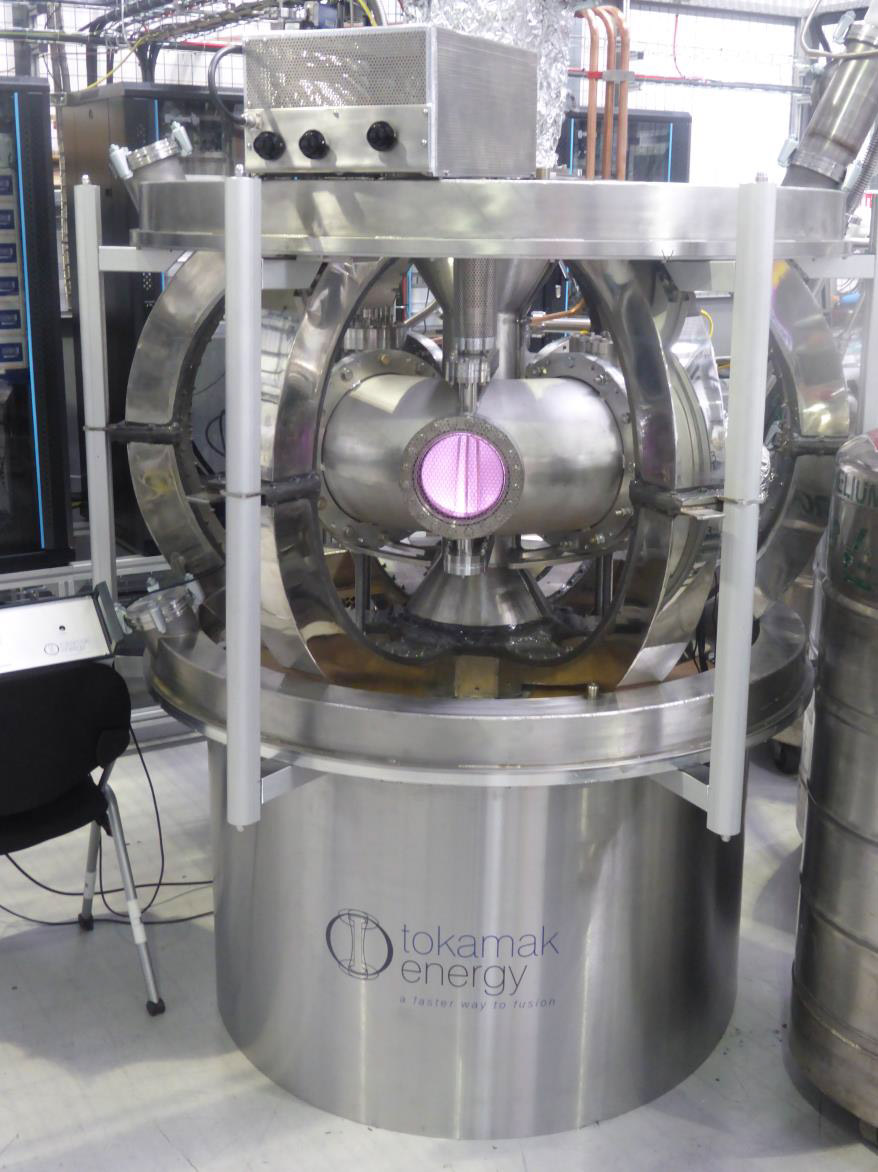Thailand inks agreement with nuclear security organization
The World Institute for Nuclear Security (WINS) and Thailand’s Office of Atoms for Peace (OAP) have signed a memorandum of understanding, WINS announced last week. WINS is a nongovernmental organization based in Vienna that works with the International Atomic Energy Agency on nuclear security–related issues. OAP is Thailand's nuclear regulatory body.
Centered on security: Under the MOU, WINS is supporting the establishment and operation of an IAEA nuclear security support center at OAP. The main functions of the center will include human resource development, technical support services for nuclear security equipment lifecycle management, and scientific support services for the provision of nuclear security expertise, analysis, and research and development, according to the IAEA.
A key aspect of the OAP project will be to support the development of Thailand’s national nuclear security training strategy, as well as to provide professional development activities to Thai nuclear stakeholders, WINS said. The project is funded by Global Affairs Canada’s Weapons Threat Reduction Program.








 President Biden has appointed
President Biden has appointed


 Five former chairmen of the U.S. Nuclear Regulatory Commission—Stephen Burns, Allison Macfarlane, Nils Diaz, Richard Meserve, and Dale Klein—
Five former chairmen of the U.S. Nuclear Regulatory Commission—Stephen Burns, Allison Macfarlane, Nils Diaz, Richard Meserve, and Dale Klein—
